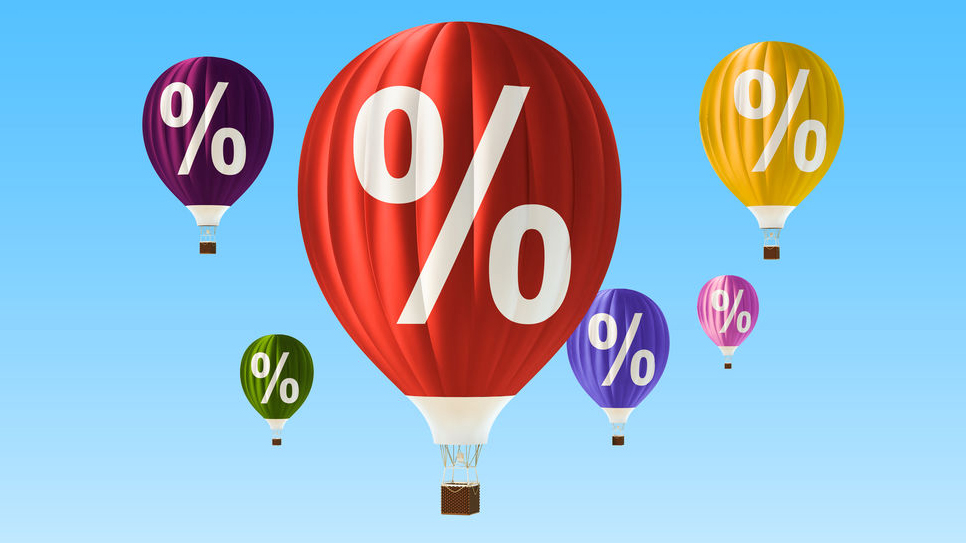Many people, including Colleague B, prefer interest-generating investments. Recently, tutorials on virtual asset “staking for interest” on social media caught his eyes and he wants to discuss this with me over lunch.
Colleague B:Mr Chin, do you know what is virtual asset “staking”? They say the annual return can go up to 10% to 20%, or even more. It looks so promising!
Mr. Chin:I did some research on it before, and found it to be quite complicated and risky.
Colleague B:No way! Those online tutorials say “staking” is not speculative trading of virtual assets, but more like time deposits. After depositing the virtual assets onto a staking platform, you will receive interest as a reward for locking up the assets after a period of time. The level of risk is not high. In the worst-case scenario, the price of the virtual assets may fall, but it may be offset by the interest.
Mr. Chin:They are oversimplifying it, besides, staking and time deposits are not comparable. Virtual asset staking generally represents a wide range of arrangements from virtual asset "deposits", "lending", "savings", "earnings" to locking up certain "proof of stake" virtual assets to perform validation services for the corresponding blockchain network and being rewarded for such validation services. The rights and obligations of the users and the platform under each "staking" service arrangement may vary.
Colleague B:I don’t know anything about blockchain and validation. Also, there are many different virtual asset arrangements. It sounds so complicated!
Mr. Chin:True, most people wouldn’t know the technical aspect of blockchains. As such, many virtual asset platforms provide “staking” service for investors to deposit and lock up their virtual assets for a period of time, and in return pay them the “staking” reward, or the so-called “interest”. These platforms may assign the virtual assets to a staking pool, pooling many investors’ virtual assets together to increase the chance of validating blocks, thus earning rewards. In addition, some platforms may lend out the virtual assets deposited by investors via leveraged products or loan products to earn interest spread. This is similar to lending whereby the platforms would pay investors high rates of interest for lending out their virtual assets.
Colleague B:That’s fine by me since I can earn interest without doing anything other than depositing my virtual assets onto a platform for a while. On top of it all, the interest rates are really attractive!
Mr. Chin:High “interest” may sound appealing, but you must not overlook the risks too. Apart from the potential loss from price drops, which may not be covered by the interest earned, platforms providing staking services present an even greater risk. Investors may come across virtual asset services or products on the internet offered by platforms that are not regulated by the Securities and Futures Commission of Hong Kong (SFC). The operations of these platforms may lack transparency, making it difficult for investors to assess their robustness and credibility. Investing in the services or products of these platforms may be completely unprotected. If these platforms have no connection to Hong Kong, local regulators and law enforcement may have no jurisdiction over them. In case of disputes, investors may not be able to file a complaint. What’s more, if these platforms cease operations, collapse, suffer from cyberattacks or become involved in frauds, investors may not be able to withdraw virtual assets from their accounts, or lose all their investments on these platforms.
Colleague B:Are you serious? Would it be safer to choose those well- known platforms then?
Mr. Chin:I am serious. Large platforms may not be necessarily safer. Several large virtual asset platforms had collapsed or closed, and many investors suffered losses. It is possible that investors may lose all their capital.
Colleague B:It seems that investors participating in “staking” are not protected.
Mr. Chin:Actually, the SFC made a statement earlier to remind investors of these risks. It also pointed out that “staking” services or any other virtual asset arrangements offering returns to investors could amount to unauthorised collective investment schemes (CISs) and may be highly risky. Investors will have no protection under the Securities and Futures Ordinance.
Colleague B:“Staking” is also a CIS?
Mr. Chin:As “staking” may represent a wide range of virtual asset arrangements, certain “staking” services may have the features of a CIS. For instance, the assets of investors are pooled and/or managed as a whole by an operator to generate returns for investors, who do not have day-to-day control over the management of their virtual assets. Under current regulations, unless exempted, all CISs must obtain the SFC’s authorisation before they can be offered to the Hong Kong public. You may check the Suspicious Investment Products Alert List on the SFC website, and you will find some “staking” services or products on the list.
Colleague B:So, will choosing SFC-regulated virtual asset trading platforms provide more protection?
Mr. Chin:Yes, under the regulatory framework for virtual asset trading platforms in Hong Kong, licensed trading platforms can apply to the SFC to offer virtual asset staking services to clients. The SFC stipulates that licensed trading platforms must comply with additional requirements related to virtual asset staking services, thereby enhancing investor protection and reducing staking-related risks. The SFC has specific definitions regarding the virtual asset staking services that licensed trading platforms can provide. The staking services offered by licensed trading platforms refer to any arrangements involving the process of committing or locking of clients' virtual assets for validators to participate in a blockchain protocol’s validation process based on a proof-of-stake consensus mechanism, with returns generated and distributed to the clients for that participation.
Colleague B:I am glad that I’ve discussed this with you. Now I know “staking” is not as simple as it sounds and involves a number of risks.
Mr. Chin:As virtual assets are emerging products, many may not be familiar with them. But there are two rules of thumb to help you steer clear of pitfalls. First of all, there’s no such thing as a free lunch. Investments with low risks and high returns simply do not exist, and the same goes for virtual assets and their related products and services. Secondly, DYOR, do your own research -- a phrase commonly used in the virtual asset market. Today’s social media is flooded with endless investment advice, tutorials or analyses on virtual assets. Investors have to do their own research to gain a better understanding of the product nature and risks, as well as think and judge with a clear head. For those considering virtual asset trading or staking services, it is crucial to choose SFC-licensed virtual asset trading platforms to safeguard their interests.
Updated on 28 April 2025




